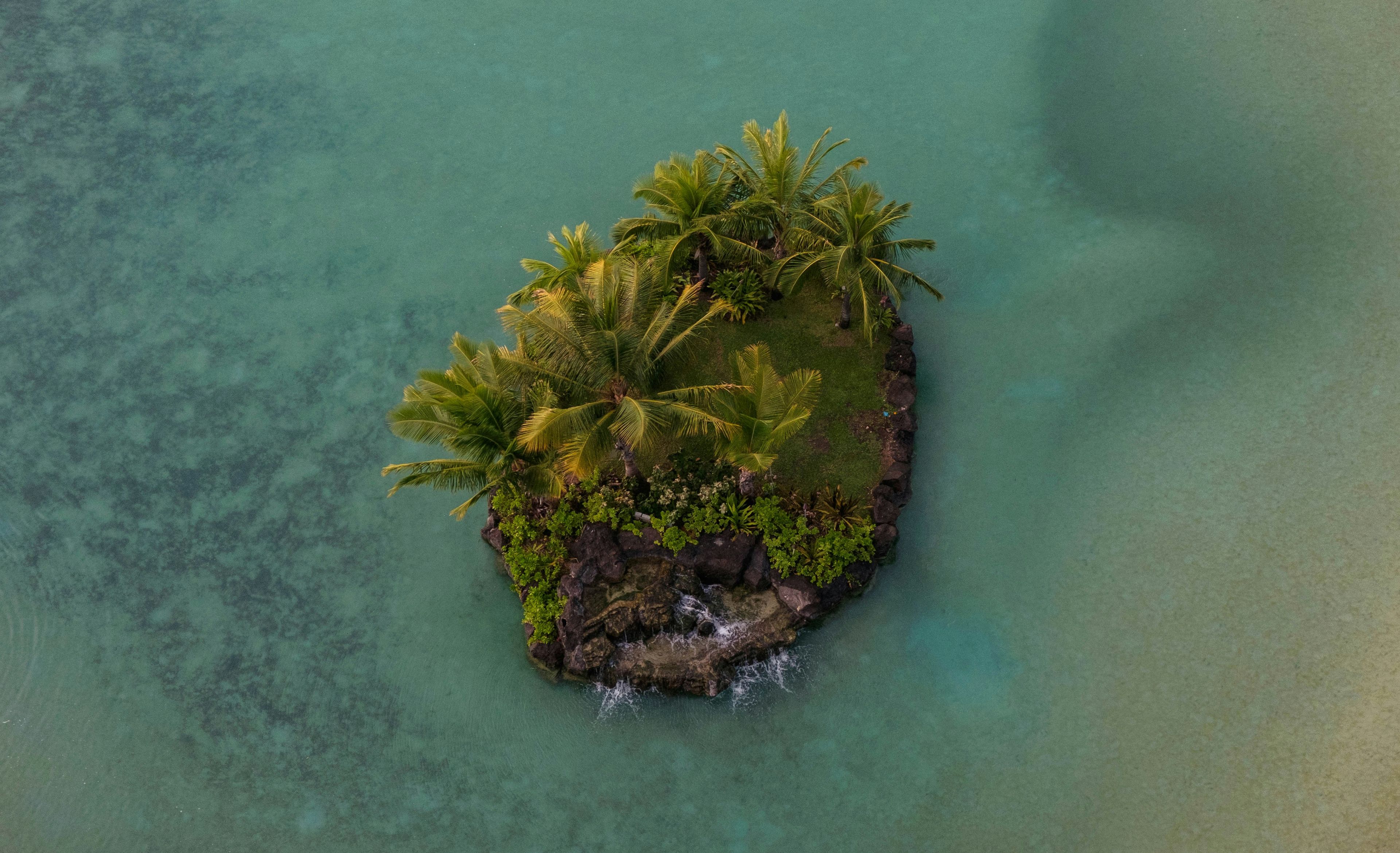
Mauritius is an island that defies simple description. Floating in the heart of the Indian Ocean, just east of Madagascar, this small yet striking nation has become synonymous with turquoise waters, luxurious resorts, and powdery white beaches. But to stop there would be to miss the depth of its story — a story shaped by centuries of migration, cultural blending, and an unwavering connection to the land and sea.
## A Geography Sculpted by Fire and Water
Mauritius was born of volcanic origins millions of years ago, and the island still carries the mark of its fiery past. Rugged basalt cliffs give way to soft sand beaches, while dormant volcanic craters rise over lush valleys. The Black River Gorges National Park showcases this diversity best — a sprawling reserve filled with thick forests, waterfalls, and rare wildlife. The iconic Pieter Both mountain, with its unusual boulder crown, stands as a natural landmark, reminding locals and visitors alike of the island’s unique geology.
Offshore, a coral reef encircles much of the island, creating calm lagoons of impossibly clear water. These reefs aren’t just beautiful — they’re vital ecosystems, home to hundreds of species of fish, coral, and marine life. Local conservation efforts aim to protect these fragile habitats from the pressures of tourism and climate change.
## A Mosaic of Cultures and People
Few places in the world can match Mauritius for cultural diversity. The island’s history of settlement and migration has brought together Indian, African, European, and Chinese communities, each contributing to the island’s cultural fabric. Hindu temples stand alongside Christian churches, mosques, and Chinese pagodas — a reflection of a society that has learned to live with a deep sense of mutual respect.
Languages flow effortlessly between English, French, and Mauritian Creole, with Hindi, Bhojpuri, and Hakka heard in local markets. The blend is not just in language or religion, but in daily life — music, festivals, and food are infused with influences from multiple continents.
## A Culinary Journey
Mauritian cuisine is a celebration of its multicultural heritage. Street food stalls in Port Louis might serve **dhal puri**, a thin flatbread filled with yellow split peas and served with bean curry and chutneys, while coastal restaurants prepare fresh grilled fish with Creole spices. Chinese fried noodles, Indian biryanis, French-inspired pastries, and tropical fruit salads are all part of a single dining experience.
Sugarcane, once the backbone of the island’s economy, is still everywhere — not only in rum production but also as fresh juice sold from roadside vendors. And tea lovers will find themselves at home in the highlands of Bois Cheri, where tea plantations stretch across rolling hills.
## Nature Beyond the Beaches
While Mauritius is famous for its coast, the inland landscapes offer equal beauty. The Chamarel Seven Colored Earths, a geological wonder, display surreal dunes in shades of red, brown, violet, blue, green, and yellow — a palette created by volcanic minerals. Nearby, Chamarel Waterfall plunges dramatically into a gorge, its roar echoing through the surrounding forest.
In the south, Le Morne Brabant rises like a guardian over the ocean. This UNESCO World Heritage Site holds deep historical significance, having been a refuge for escaped slaves during the 18th and 19th centuries. Today, it’s a hiking destination offering panoramic views of the coast and reef.
## Festivals and Traditions
Mauritius’ calendar is packed with festivals from multiple faiths and traditions. **Diwali**, the Hindu festival of lights, illuminates the island with oil lamps and fireworks. Chinese New Year brings lion dances to the streets, while Eid is marked with community feasts. The Cavadee festival of the Tamil community is one of the most visually striking, with devotees carrying beautifully decorated wooden arches in processions.
## Adventure for Every Traveler
Water sports abound — from kitesurfing at Le Morne to diving at Blue Bay Marine Park. Inland, adventurers can go canyoning, hiking, or quad biking through sugarcane fields. Catamaran cruises to small islands like Île aux Cerfs promise lazy days in shallow lagoons, while deep-sea fishing trips target marlin, tuna, and barracuda.
## A Destination with Heart
What makes Mauritius unforgettable is not just its scenery but its people. Mauritians are famously warm and welcoming, ready to share stories, traditions, and a smile. The island is small enough to explore fully, yet rich enough to fill a lifetime of memories.
Mauritius is not just a holiday destination — it’s a living, breathing tapestry of nature and culture. Whether you arrive seeking rest, adventure, or connection, you’ll find a piece of yourself reflected in its landscapes and in the warmth of its people.